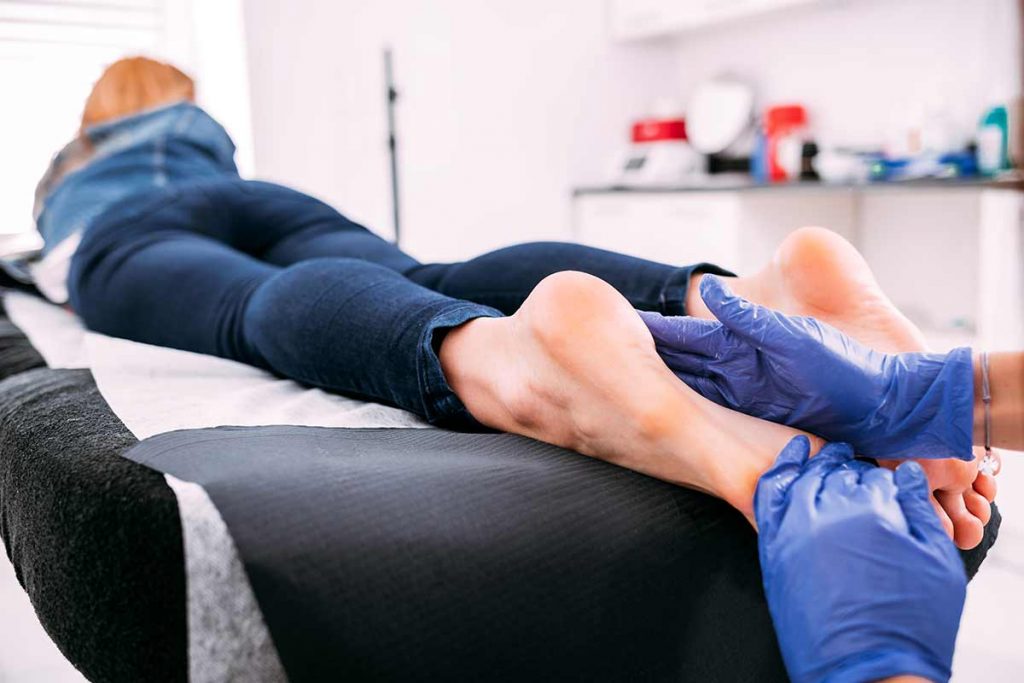What is a flat foot and what does it look like?
The term flat foot refers to when the arch in the foot is minimal or collapsed to the point where the middle of the foot is touching the ground. Pronation is the term used to describe an in-wards rotation of the heel or midfoot as the body moves over the ankle during walking. This can be improved by wearing special orthotics for flat feet.
Is having a flat foot part of normal development?
Up until the age of 6, the bones within the arch of the foot are developing; hence it is normal for the arch of the foot to appear flat or collapsed. After the age of 6, many of the bones which make up the middle of the foot and arch are formed or otherwise referred to as ossified. Thus the muscles and tendons that attach to these bones now have the ability to help suspend and support these bones to create an arch. If above the age of 6, you find that there is no sign of an arch forming and the foot stays flat it is a good idea to have the feet checked. If diagnosed, the condition can be treated by orthotics for flat feet.
If above the age of 6, you find that there is no sign of an arch forming and the foot stays flat it is a good idea to have the feet checked.
Why is proper foot alignment important?
It’s no secret that flat feet can be problematic for both developing kids and adults as they move later on in life. This is because flat feet or feet which over-pronate can lead to:
- Reduction in shock absorption within the foot and legs
- Osteo-arthritis, Bunions and Tendon injuries within the foot and ankle.
- Poor posture cascading up the body into the knees, hips and lower back.
- Reduction in power output of muscles which assist propulsion in walking and running
When should you be concerned about flat feet?
Because feet that are flat through the arch or heavily pronate are at greater risk of issues such as those mentioned above it’s important to get on top of flat feet as early as possible. This isn’t just limited to growing children. For many adults that have done millions of repetitions through their feet (most people do 10,000 steps a day), it is also vitally important to address flat feet the moment it is recognised. Simply because if there’s a moment where foot or leg pain does occur, it can become significantly harder to alleviate the stress on the feet and legs due to poorly repeated biomechanics over a long period of time.
This isn’t just limited to growing children. For many adults that have done millions of repetitions through their feet (most people do 10,000 steps a day), it is also vitally important to address flat feet the moment it is recognised. Simply because if there’s a moment where foot or leg pain does occur, it can become significantly harder to alleviate the stress on the feet and legs due to poorly repeated biomechanics over a long period of time.
